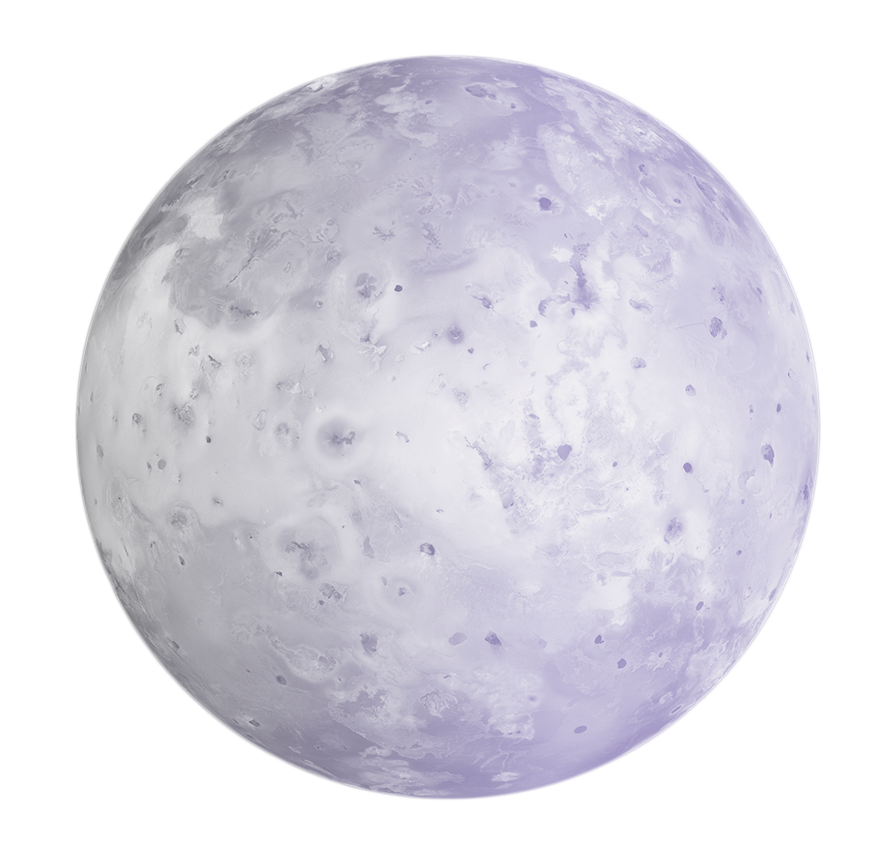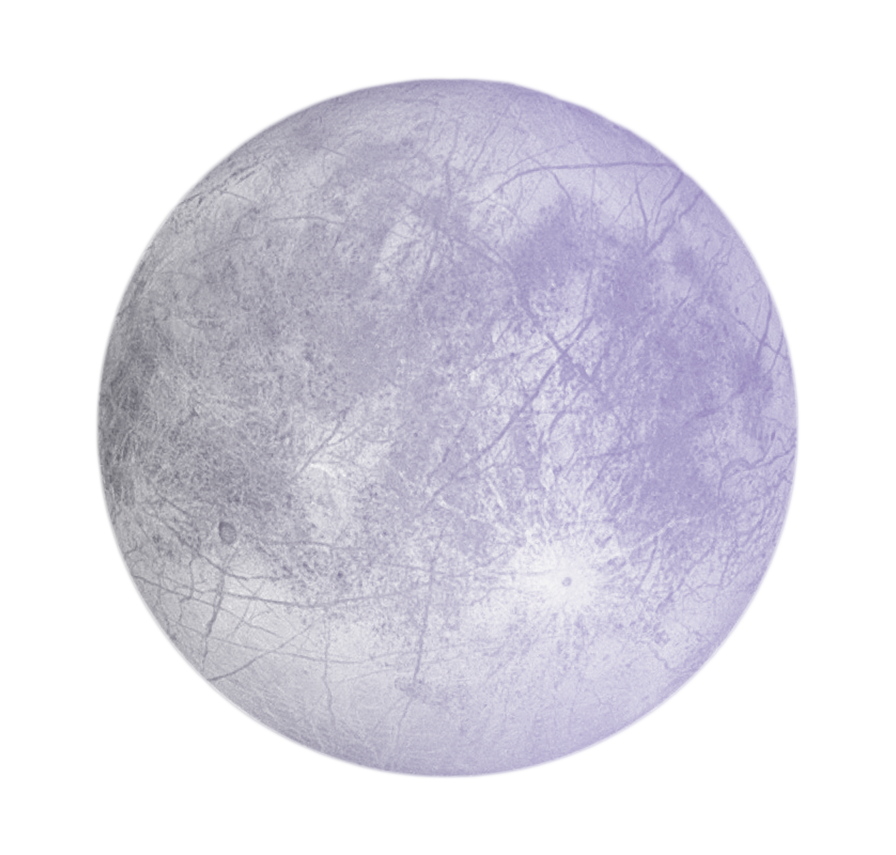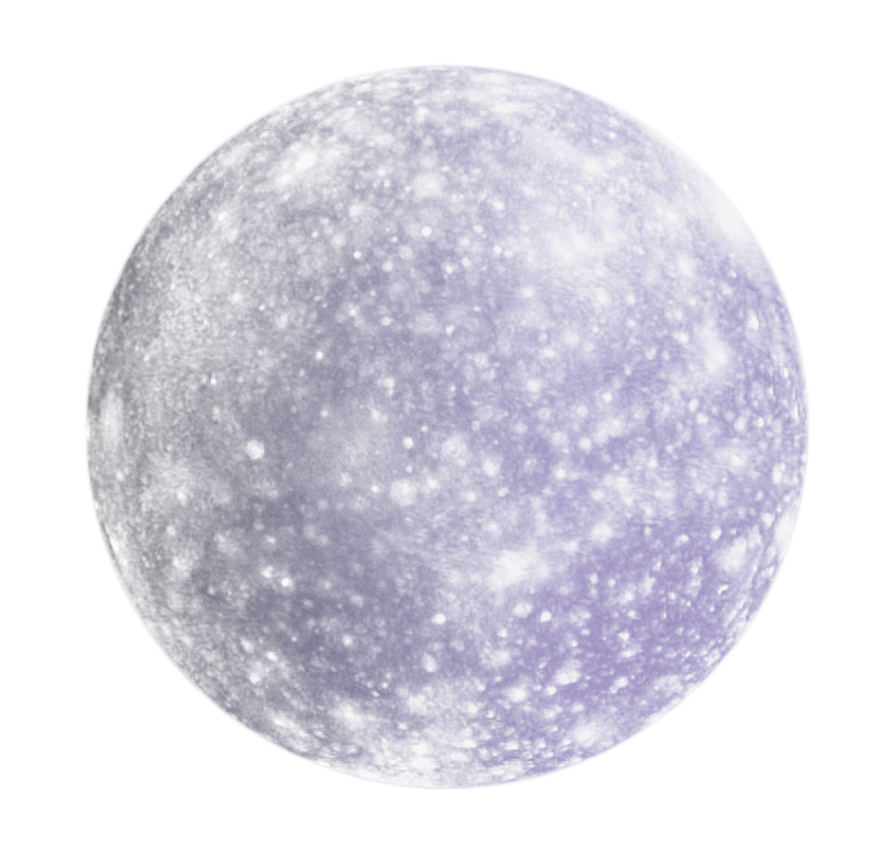
“IO”

“EUROPA”

“CALLISTO”
jupiters' moons
The solar system's most volcanically active body is Io. Sulfur is present on Io's surface in a variety of vibrant forms. Io's slightly elliptical orbit around Jupiter causes "tides" in the surface to surge 300 feet (100 meters) high, creating enough heat to support volcanic activity and evaporate any remaining water.
There is evidence that beneath Europa's largely water ice-covered surface may be an ocean of liquid water or slushy ice. It is estimated that Europa has twice as much water as Earth. Astrobiologists are intrigued by this moon because it might have a "habitable zone."
The old and extensively cratered surface of Callisto serves as a visible reminder of the early solar system's history. On Callisto, there are only a few tiny craters, which suggests that there is only a little surface activity right now.

Jupiter has 80 moons. The International Astronomical Union has given official names to 57 moons. The names of 23 other moons are still pending.
Although the planet has several fascinating moons in orbit around it, the Galilean satellites Io, Europa, Ganymede, and Callisto—the first four moons identified beyond Earth—hold the greatest scientific curiosity.
The Galilean satellites are named after Italian scientist Galileo Galilei, who made the first observation of Jupiter's four largest moons in 1610. Simon Marius, a German astronomer, claimed to have spotted the moons at about the same time, but because he didn't record his findings, Galileo is credited with making the discovery.
